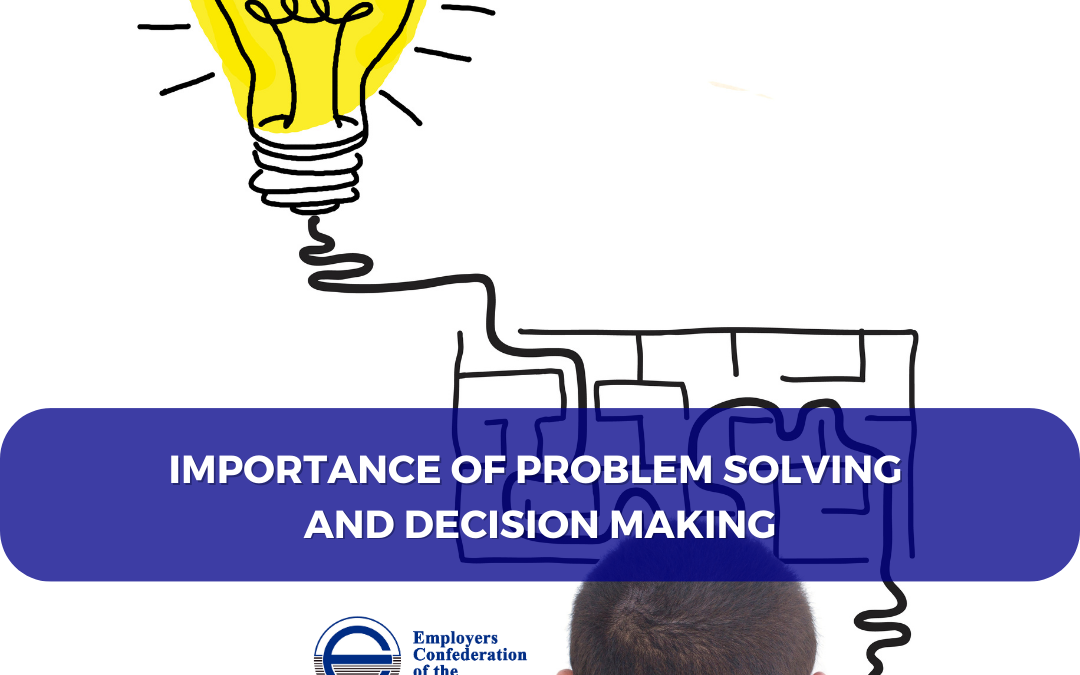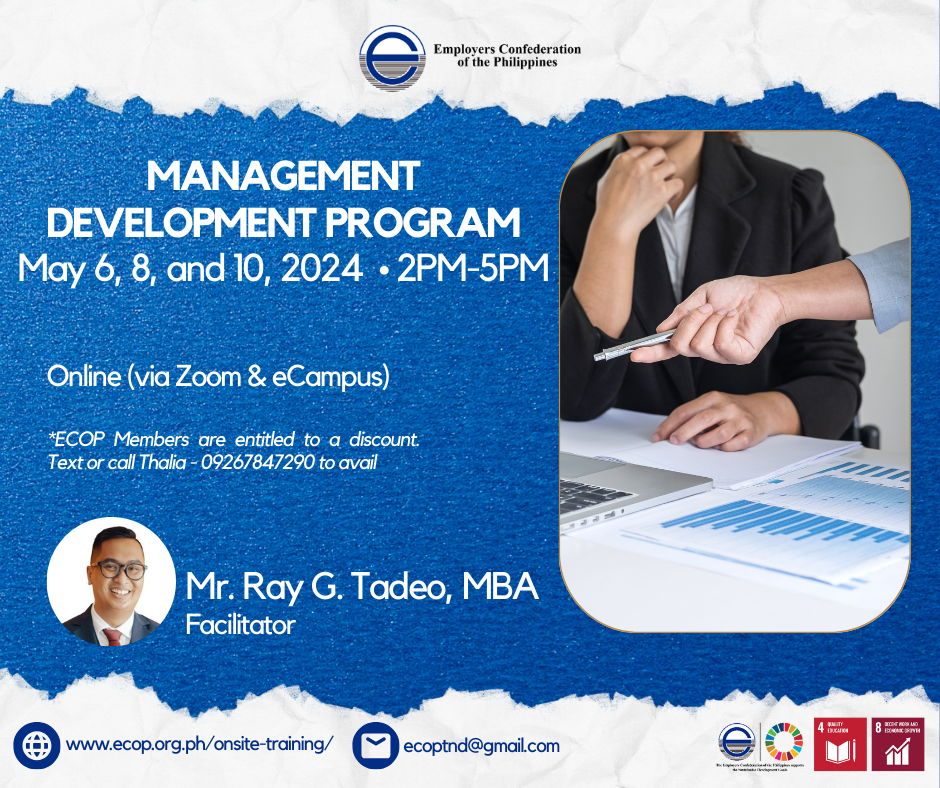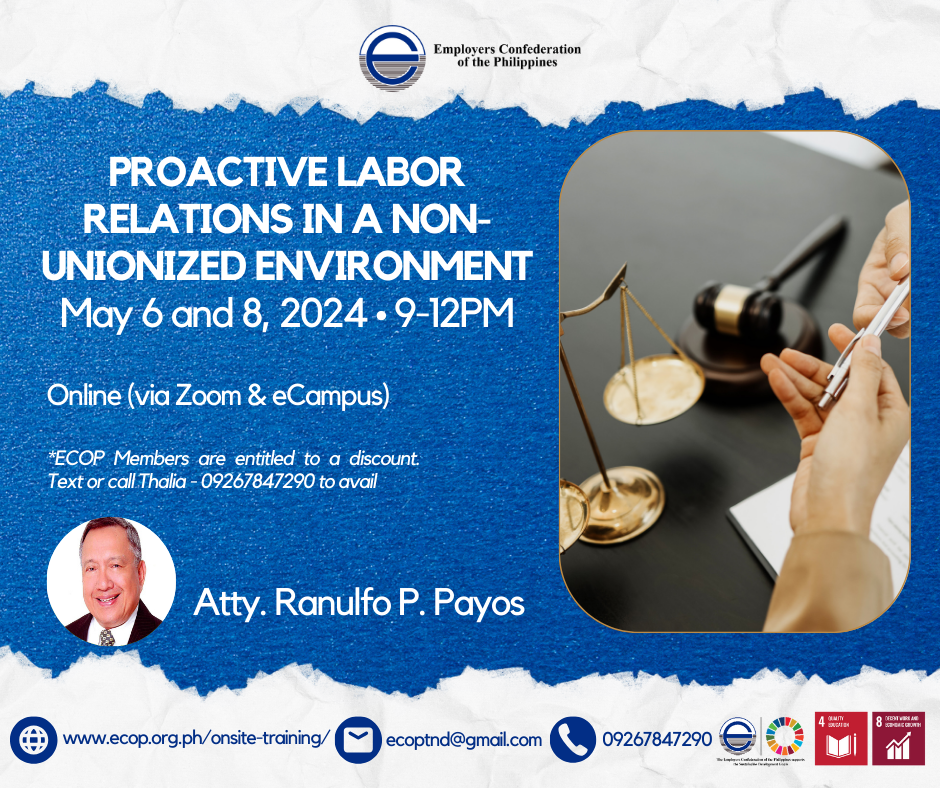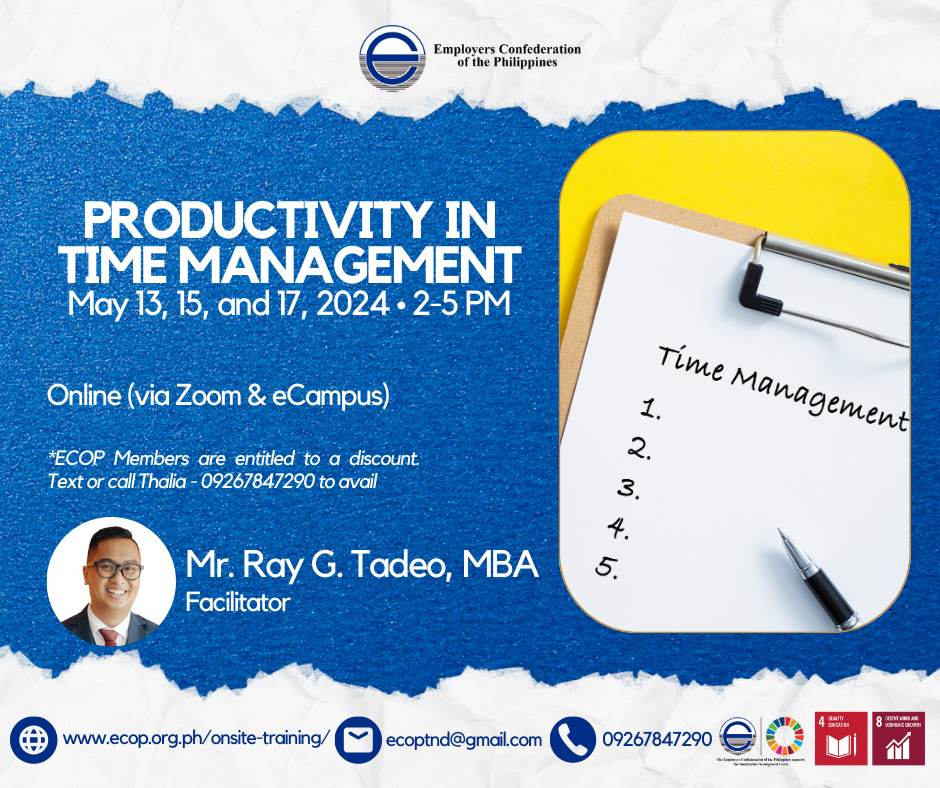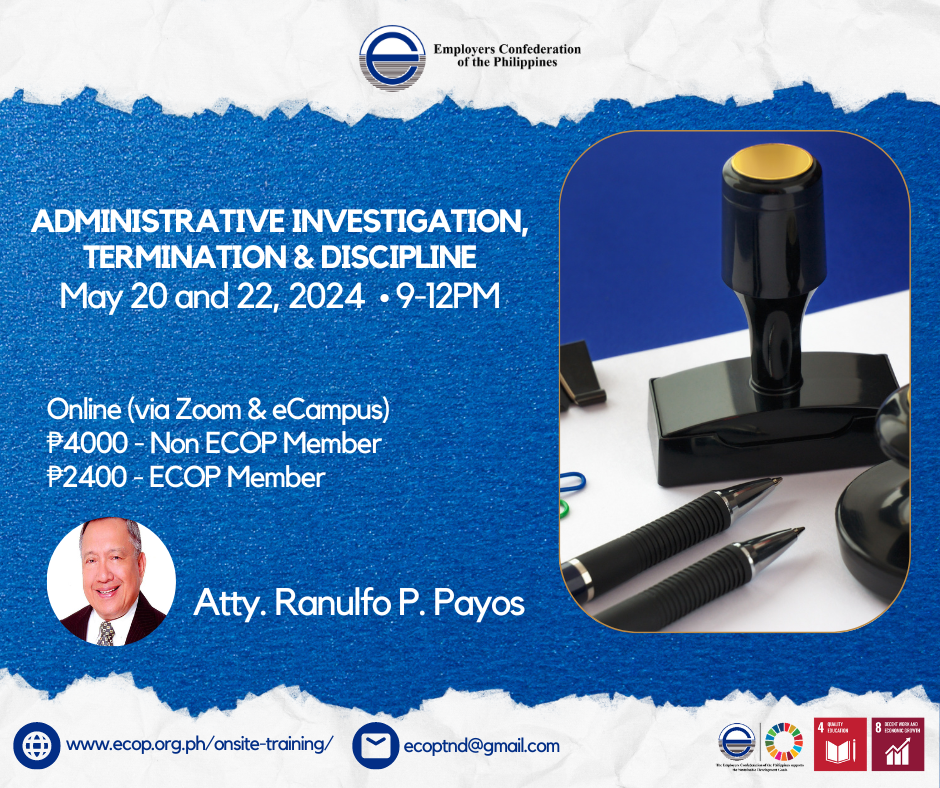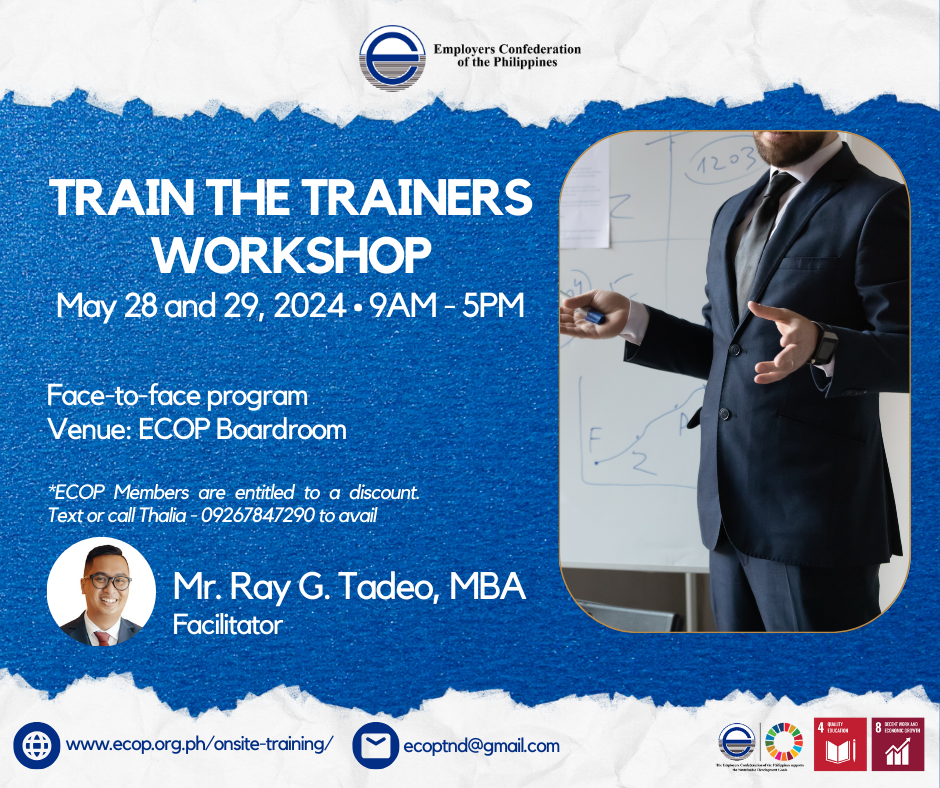Problem solving and decision making are essential skills for managers and employees. These skills empower them to overcome challenges, make informed choices, and navigate through complex situations.
Let’s look at the importance of problem solving and decision making and explore how they contribute to career success and effective leadership.
Problem Solving: The Act Of Navigating Challenges Creatively
Let’s define problem solving.
Problem solving is the process of identifying, analyzing, and resolving issues or obstacles that stand in the way of achieving desired goals. It involves critical thinking, creativity, and resourcefulness. By developing strong problem-solving skills, individuals can tackle a wide range of issues from simple daily challenges to complex business problems.
Here are some reasons why problem solving is an important competency of an employee:
- Enhancing Critical Thinking: Problem solving encourages individuals to think critically and logically, enabling them to break down a problem into its constituent parts and analyze possible solutions objectively.
- Fostering Creativity: When faced with challenges, individuals often need to think outside the box to find innovative solutions. Problem solving nurtures creativity by pushing individuals to consider unconventional approaches.
- Building Resilience: Successfully overcoming problems builds resilience and confidence. Individuals who have honed their problem-solving skills are better equipped to handle setbacks and adapt to changing circumstances.
Decision Making: The Art of Making Informed Choices
While problem solving is the process of identifying, analyzing, and resolving issues or obstacles that stand in the way of achieving desired goals, decision making involves selecting the best course of action among various alternatives. Whether it’s a personal choice or a strategic business decision, effective decision making requires a thoughtful evaluation of options, potential outcomes, and associated risks.
Here are some reasons why decision making is an important competency of an employee:
- Weighing Pros and Cons: Decision making involves assessing the advantages and disadvantages of each option. This systematic approach helps individuals make choices aligned with organizational goals and values.
- Managing Uncertainty: Many decisions involve an element of uncertainty. Individuals who excel in decision making are adept at analyzing available information and making calculated choices even in ambiguous situations.
- Managing Time and Resources: Efficient decision making prevents individuals from getting stuck in analysis paralysis. Learning to make timely decisions ensures that opportunities are seized and resources are used effectively.
The Intersection of Problem Solving and Decision Making
Problem solving and decision making are closely intertwined. Effective decision making often stems from the ability to navigate problems successfully. Conversely, the process of problem solving frequently requires individuals to make decisions about which solution to pursue.
Here are the two uses of the PSDM framework:
- Identifying Root Causes: In the problem-solving process, individuals must identify the underlying causes of an issue. This analysis provides crucial information for making informed decisions about how to address the problem.
- Evaluating Options: Decision making often involves evaluating different solutions generated during the problem-solving process. By considering the potential outcomes of each option, individuals can select the most suitable approach.
Implementing the PSDM framework in your organization is vital. Join the ECOP Training Program on Problem-Solving and Decision-Making on September 18 and 20 to learn how to properly implement this framework in your workplace.
Register at the Problem Solving and Decision Making Training
